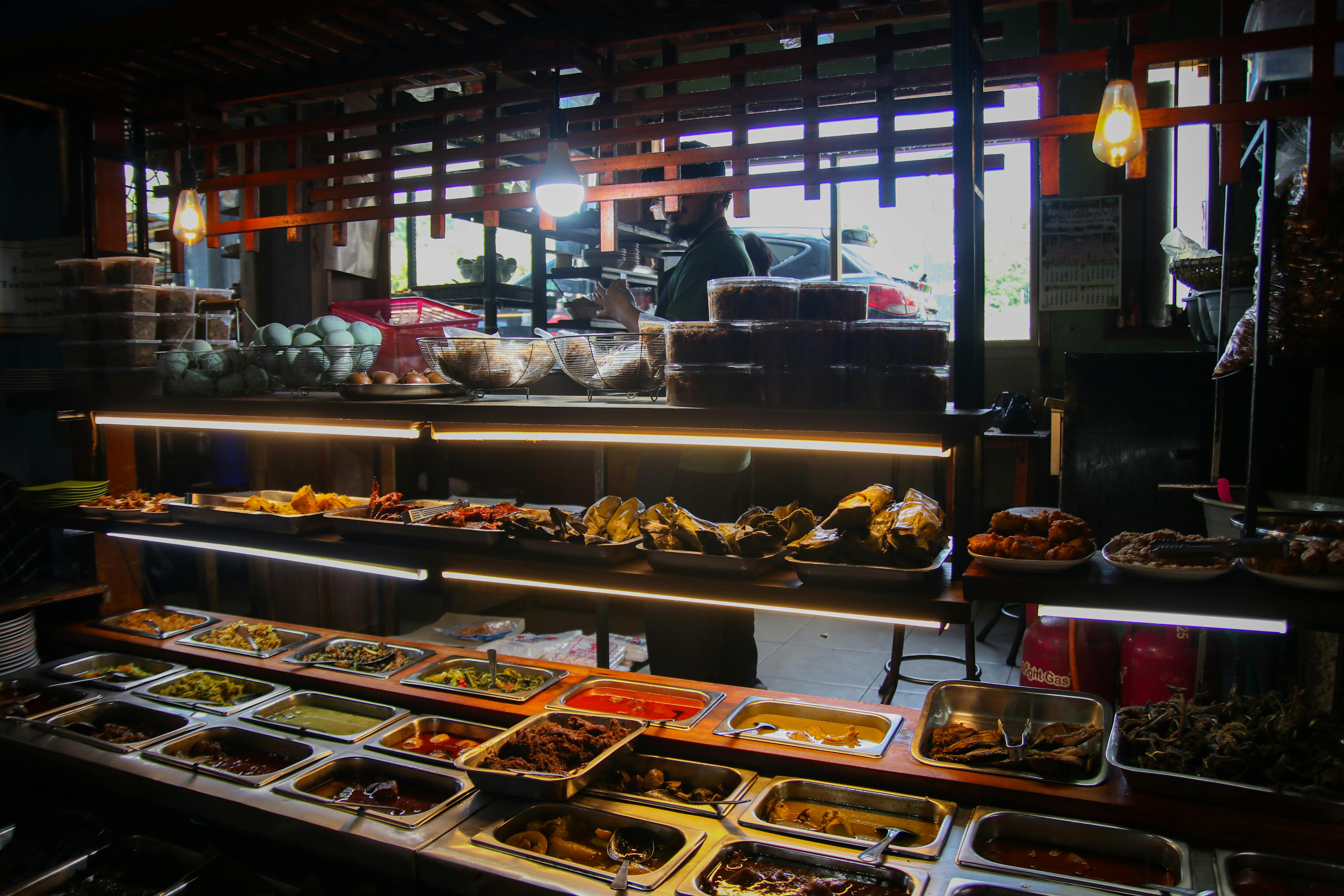Make-ahead sides and sauces to simplify holiday service
Preparing make-ahead sides and sauces can reduce last-minute stress and keep holiday service running smoothly. With thoughtful menu planning, clear timing, and safe storage, you can roast and reheat efficiently, portion for guests, accommodate vegetarian options, and turn leftovers into reliable next-day meals. This article outlines practical prep steps, foodsafety tips, and timing strategies to help your holiday spread come together with less fuss.

Preparing make-ahead sides and sauces takes pressure off holiday service by shifting work earlier in the day or week. Plan a balanced menu that mixes items you can finish ahead with a few hot elements done just before serving. Clear prep lists and realistic timing reduce plate juggling when guests arrive, leaving time to focus on roasting the centerpiece and plating entrees. Consider how portioning and storage will affect reheating, and choose sauces that hold texture and flavor after chilling. Foodsafety and budgeting should guide choices so the meal is both safe and affordable.
Menu planning and timing for holiday prep
Good menu planning sets the pace for all make-ahead work. Map out which sides and sauces can be fully prepared, which need finishing steps, and which must stay hot until service. Use a simple timeline that lists prep tasks by day and hour: shopping and chopping two days out, partial cooking one day out, and final reheating the day of. Timing should account for oven space and roasting schedules if you’re also cooking poultry or other entrees. Leave buffer time for unexpected delays and plan portioning so each guest receives an appropriate serving without waste.
Roasting and temperatures for poultry and entrees
If your meal includes poultry or other roasted entrees, coordinate oven use with make-ahead sides. Know the safe internal temperatures for poultry (165°F/74°C) and other proteins, and allow resting time after roasting to retain juices. Use lower-temperature holding methods or insulated carriers to keep entrees warm while finishing sides. When possible, choose sides that can reheat quickly in the oven alongside the main roast at compatible temperatures to conserve energy and oven space. Label reheated items and monitor temperatures to maintain foodsafety throughout service.
Portioning, storage, and foodsafety for leftovers
Accurate portioning makes serving smoother and helps manage leftovers responsibly. Divide sides into serving-sized containers before cooling to speed refrigerator storage and simplify plating. Cool hot dishes to 70°F (21°C) within two hours, then below 40°F (4°C) within the next four hours to reduce bacterial growth. Store sauces separately when possible to preserve texture. For leftovers, date containers, use within a safe window (typically 3–4 days for most cooked dishes), and reheat evenly to at least 165°F (74°C) before serving. Proper labeling helps guests navigate options and reduces food waste.
Vegetarian sides and entree alternatives
Including vegetarian sides reduces pressure on oven schedules and offers variety for guests. Many vegetables, gratins, braised greens, and grain salads can be made ahead and gently reheated or served at room temperature. Sauces such as herb vinaigrettes, tahini dressings, or brown butter that has been cooled and rewhipped can elevate vegetables without demanding oven space. When planning, balance rich dishes with lighter options so the menu suits diverse appetites. Portion vegetarian sides thoughtfully to match protein servings and avoid running short during service.
Prep shortcuts: sauces, reheating, and leftover-friendly techniques
Sauces are ideal make-ahead items—many intensify in flavor after resting. Strain, cool, and store sauces separately from solids to maintain texture. Reheat gently over low heat or in a water bath to prevent separation; whisking in a splash of stock or cream can bring sauces back together. For reheating sides, add a little moisture and use covered baking dishes or steam to retain texture. Consider repurposing leftovers into new dishes—stews, grain bowls, or sandwiches—using simple seasoning adjustments to refresh flavors while stretching your budget.
Budgeting, portioning strategy, and service flow
Budgeting intersects with planning and portioning: buy seasonal produce, bulk staples, and versatile ingredients that work across multiple sides and sauces. Estimate servings per person (for example, 4–6 ounces per side depending on variety) and round up slightly to avoid shortages. Organize service flow so hot items move from oven to plate while cold or room-temperature sides are stationed for easy access. Clear labeling and arranged serving stations reduce congestion, help with portion control, and make it easier to manage dietary needs without last-minute substitutions.
Bring these elements together for a smoother holiday service: a compact menu that mixes make-ahead sides and sauces with a few freshly finished entres, an oven and timing plan that accounts for roasting temperatures and resting time, and clear storage and foodsafety practices. Thoughtful prep and portioning not only simplify the meal but also create better leftover options and a more relaxed service environment.






